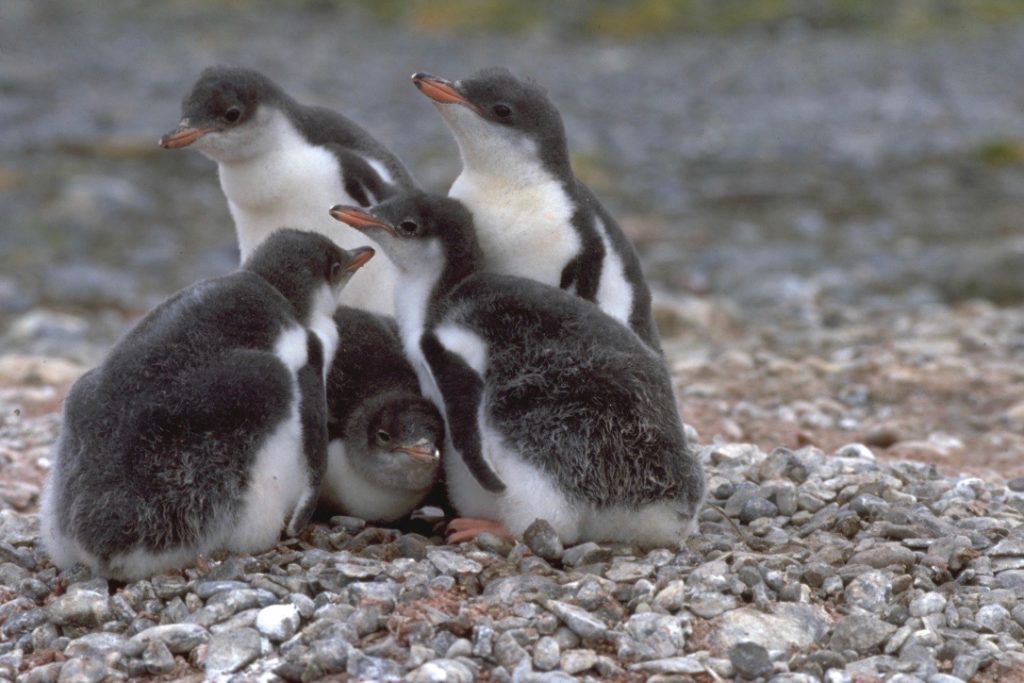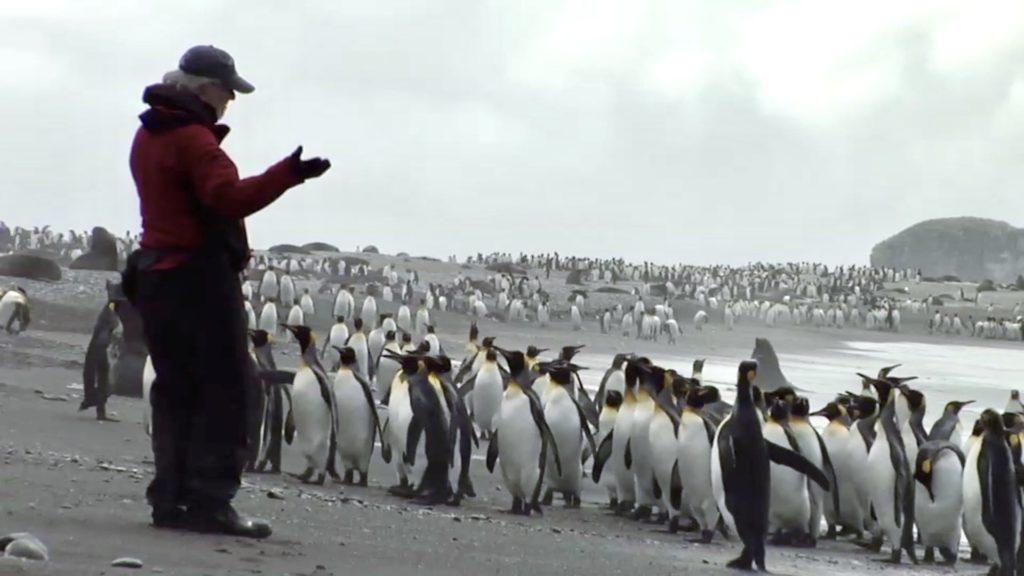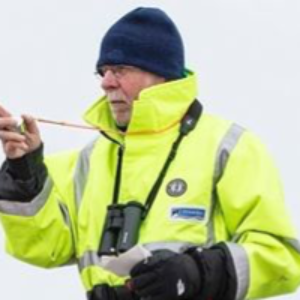Climate Action
Finding resilience at climate’s edge: A lesson for flattening the carbon curve
May 28, 2020
Ron Naveen is the founder and CEO of Oceanites, a nonprofit organization that has been driving science-based conservation under the Antarctic Treaty for over two decades.
Flattening the COVID-19 curve is formidable, unnerving, dispiriting — but it’s only a prelude to the post-pandemic “climate curve.” Once our lives begin anew, we’re in for another lengthy, uphill fight: one against climate change.
Still, I have hope. Let me explain.
I work at climate’s edge, the Antarctic Peninsula, where I count penguins and monitor environmental change. The peninsula is about as physically distanced from the rest of humankind as possible. It’s a place that truly deserves to be called “awesome,” and I feel blessed and privileged to have spent 36 of the last 39 spring and summer field seasons there. Being there is like being present when time began.
On the ground, you’re acutely aware of the lack of newspapers, airplane contrails, modern conveniences and politicians: It’s just you, penguins — six million nests of them — and the throbbing heartbeats pounding through your parka.

But despite its isolation, Antarctica has suffered from climate change. My penguin workplace has warmed by a whopping 3˚C (5˚F) year-round, and I’ve seen these changes up close: beaches formerly icebound are walkable; penguin study colonies have shrunk in half; and winter sea ice has diminished. Meanwhile, ice shelves the size of Vermont calve off to sea, and mammoth glaciers melt and crack, succumbing to a similar fate.
While we humans are mere millennial twigs on Darwin’s evolutionary tree, penguins have been cavorting Earth in some form or another for 40–60 million years. These toddling, upright creatures might not be the smartest animals on the planet, and their guano-laden colonies are olfactory nightmares, but penguins are also sending us a message we shouldn’t ignore.
They’re telling us that now’s the time to really make a difference for our children and grandchildren, to ensure the vital aspects of our lives as the warming increases.

The scope of the COVID-19 pandemic on our world is almost inconceivable. But the pandemic is just a harbinger of our climate-changed world to come. And we cannot flatten the carbon curve without a massive, global rethink about who we are and what we do.
Soon, our attention will be directed to that curve, and how we can sustain a world with food to eat, homes to shelter and a healthy environment to live and prosper.
To create this world, we must engage everyone we can — irrespective of political persuasion or economic situation — in adapting to a new reality. It will be costly and difficult. It will require creative solutions and enlightened leadership. But I’m optimistic. And that optimism stems from my research subjects.
The pandemic is just a harbinger of our climate-changed world to come. And we cannot flatten the carbon curve without a massive, global rethink about who we are and what we do.
Even amid the vast warming, one species in the Antarctic Peninsula — gentoo penguins — is thriving, increasing its numbers and expanding its breeding territory. Despite total wipeouts of a season’s chicks, emperor penguin colonies’ populations remain stable and in some cases, increase.
I see resilience of species in my own work, and dream that, like penguins, we also will be resilient. After all, penguins are biological creatures with similar vital needs to humans. We, too, can adapt and survive. But we must do so together.
Now is the time to think big — structurally, communally and otherwise. We need unprecedented investments in science, a large degree of international cooperation and a collaboration of major global funding sources.
Because flattening the climate curve and adapting to our new reality involves all of us, everywhere. For the sake of humankind, we have no choice.
